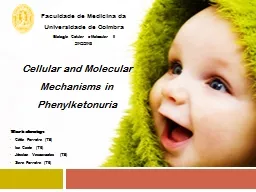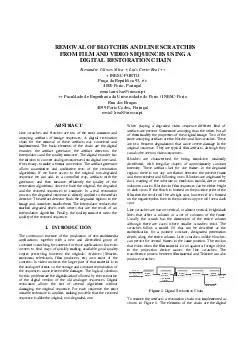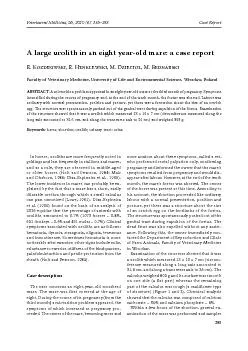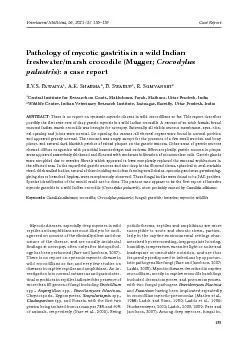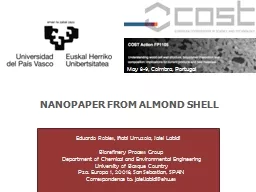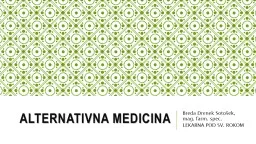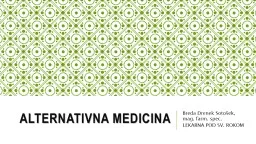PPT-Faculdade de Medicina da Universidade de Coimbra
Author : faustina-dinatale | Published Date : 2017-05-29
Biologia Celular e Molecular II 20122013 Work done by Cátia Ferreira T5 Isa Costa T6 Jéssica Vasconcelos T5 Sara Ferreira T6 Cellular and Molecular M echanisms
Presentation Embed Code
Download Presentation
Download Presentation The PPT/PDF document "Faculdade de Medicina da Universidade de..." is the property of its rightful owner. Permission is granted to download and print the materials on this website for personal, non-commercial use only, and to display it on your personal computer provided you do not modify the materials and that you retain all copyright notices contained in the materials. By downloading content from our website, you accept the terms of this agreement.
Faculdade de Medicina da Universidade de Coimbra: Transcript
Download Rules Of Document
"Faculdade de Medicina da Universidade de Coimbra"The content belongs to its owner. You may download and print it for personal use, without modification, and keep all copyright notices. By downloading, you agree to these terms.
Related Documents

